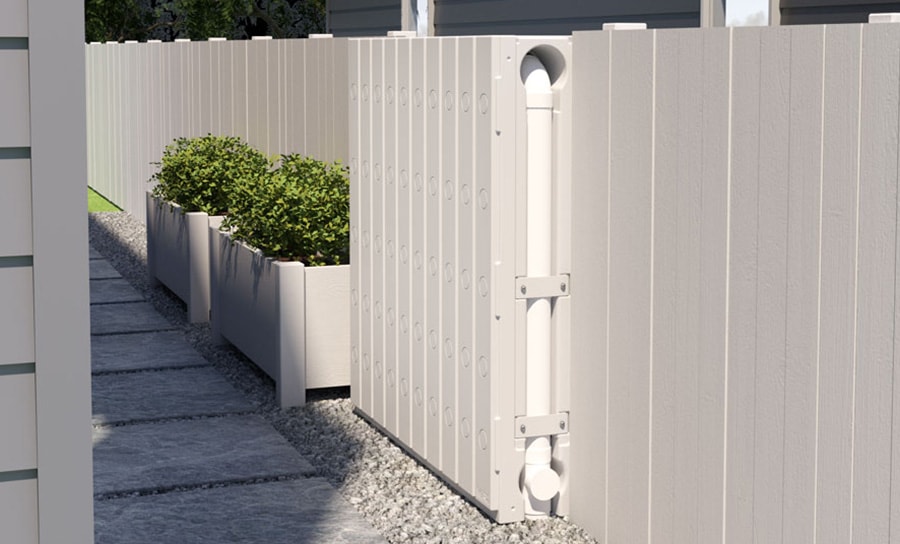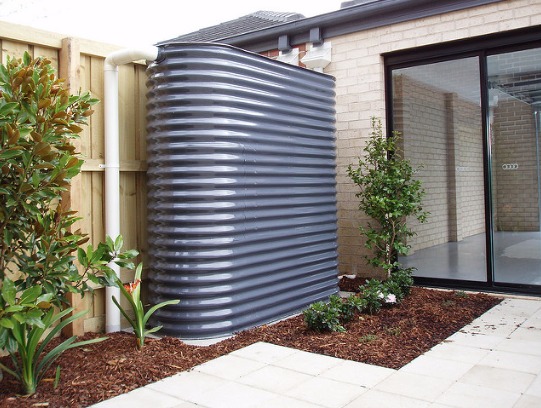Checking Out the Numerous Uses Rain Containers for Residential and Commercial Residences
As the international concentrate on lasting living techniques remains to escalate, the utilization of rain containers in both residential and industrial setups has become a pertinent service. These storage tanks supply a reservoir for rainwater harvesting, providing a myriad of possible applications that extend far beyond simple storage space. From irrigation to toilet flushing and landscape design, the convenience of rain containers is huge. Moreover, their combination right into business homes opens a world of opportunities for eco aware businesses. The complex usages of rain storage tanks provide a compelling situation for their adoption, not only as a practical water-saving step but also as a testament to responsible resource monitoring.
Advantages of Utilizing Rainwater Tanks
Utilizing rain tanks offers various advantages for both households and communities in regards to water preservation and sustainability. One of the key advantages of utilizing rainwater containers is the considerable reduction in dependence on keys supply of water - Slimline water tanks. By recording and saving rain for later use, people and neighborhoods can lower their demand for cured water, inevitably alleviating the problem on water therapy centers and decreasing power consumption connected with water transport and therapy
Moreover, rain collecting with containers offers a reputable alternative water resource throughout times of water limitations or scarcities. This stored rainwater can be made use of for various non-potable functions such as watering, purging toilets, and washing garments, reducing the stress on typical water sources. Furthermore, making use of rain tanks can result in set you back financial savings for both homes and neighborhoods by decreasing water costs and decreasing the requirement for costly infrastructure developments to fulfill expanding water needs.
Basically, the usage of rainwater storage tanks uses a lasting and eco friendly approach to water management, benefiting both private users and the wider neighborhood in regards to water preservation, cost-efficiency, and strength.
Rain Container Use in Watering
Offered the advantages of rain containers in preserving water sources and lowering dependence on keys water, a significant application lies in utilizing stored rainwater for irrigation purposes - Slimline water tanks. Rainwater harvesting systems can effectively collect and store rainwater, offering a lasting water resource for sprinkling yards, grass, and farming areas. By making use of rainwater for irrigation, homeowner can lower their dependence on treated water sources, resulting in cost savings and environmental benefits

Among the key benefits of utilizing rain for irrigation is its pureness. Rain is naturally soft and without the chemicals and ingredients typically located in mains water, making it suitable for beneficial plants without the risk of dangerous results. Additionally, rainwater goes to ambient temperature level, which can benefit plant growth by staying clear of temperature shocks that can happen with chilly keys water.
Rainwater Storage Tanks for Bathroom Flushing

Carrying out rainwater containers for bathroom flushing is an affordable and eco-friendly practice that can be conveniently integrated right into both property and commercial properties. The saved rainwater can be used to purge toilets by attaching the tank to the existing pipes system. This simple yet reliable solution can dramatically decrease water intake in a building, especially in locations where water scarcity is a problem.

Integrating Rainwater Tanks in Landscape Design
A reliable approach for boosting sustainability in landscape design includes integrating rainwater tanks to maximize water use and advertise environment-friendly methods look what i found - Slimline water tanks. Including rain storage tanks in landscaping offers numerous advantages for both residential and business residential or commercial properties. These tanks can record and save rain overflow from roofing systems, which can then be used for sprinkling yards, yards, and plants. By using rainwater for irrigation objectives, homeowner can decrease their reliance on local water sources, resulting in cost financial savings and conservation of priceless water resources.
In addition to giving a sustainable water source for landscape design requirements, rainwater containers can also assist in taking care of stormwater runoff. By catching rain that would otherwise stream right into tornado drains, these storage tanks can minimize erosion, decrease flooding threats, and prevent contamination of natural water bodies. In addition, incorporating rainwater storage tanks in landscape design can add to the overall aesthetic charm of the property, showcasing a commitment to ecological stewardship.
Business Applications of Rainwater Storage Tanks
Using rain storage tanks in business setups offers a sustainable remedy for water administration and conservation, benefiting services and the atmosphere alike. Industrial applications of rain storage tanks vary and significantly popular as a result of the price savings my website and environmental advantages they provide. One essential industrial use is for irrigation purposes, where collected rain can be made use of to water landscape design, gardens, and agricultural fields bordering business homes. This can result in significant reductions in water costs and dependence on local water resources.
In addition, rain collected in containers can be treated and made use of for non-potable functions within business homes, such as flushing commodes, cleaning, and cooling down systems. Overall, the unification of rain containers in commercial settings provides a functional and eco responsible approach to water management.
Final Thought
From watering to commode flushing and landscape design, the use of rainwater tanks can aid save water resources and reduce water costs. Generally, the adaptability and sustainability of rainwater containers make them a beneficial investment for any residential or commercial property proprietor looking to boost water effectiveness.